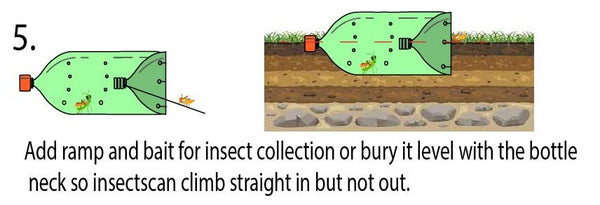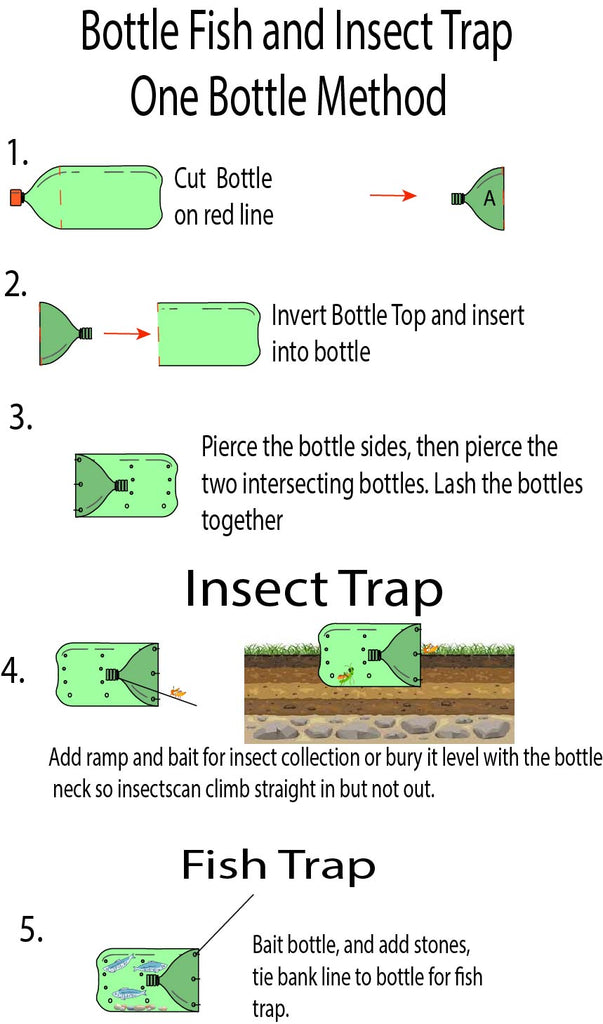
DIY Survival Traps : How to Make a Fish Trap From Trash Bottles
How to Make a Fish Trap These simple DIY Fish Trap utilize commonly found trash that washes up on all creeks, rivers, oceans, and any other water source.
Easy DIY Survival Traps From A Bottle How to Make A Fish Trap From Trash
These simple survival traps utilize commonly found trash that washes up on all creeks, rivers, oceans, and any other water soure. These survival traps and fish traps are fantastic because they not only can work to collect small insects, or fish, but they can be made from almost any plastic bottle, in any size and take just a few minutes to make, and you need just three basic things to make them!
How do Fish Traps Work
Bottle fish traps are ingenious tools designed to capture fish in a simple yet effective manner. Typically crafted from plastic bottles, these traps take advantage of the fish's natural instincts. A funnel-shaped entrance leads the fish into the bottle, where the narrower neck prevents them from easily swimming back out. Once inside, the fish are less likely to find their way out, creating a secure and humane trap. This method relies on the fish being lured into the trap either by bait or their own curiosity, making it an efficient and eco-friendly way to catch fish without the need for constant monitoring. Bottle fish traps are a testament to the resourcefulness of utilizing everyday items for survival and subsistence needs.
How to Make a DIY Fish Trap
Materials List:
- Plastic Bottle: These small DIY fish trap work with a single bottle, but it works better with two (much easier to empty) they don't need to be a specific size, but the larger the bottle opening the larger the animals can fit into it.
- Cordage: This will be used to tie the cut bottle tops to the body of the bottle, and if your making this a fishing trap, to tie to your bottle from the bank. HERE is a link to an awesome tool that can make cordage from the wasted portions of your two liter bottle to reduce waste.
- Cutting Tool : To make these small survival traps you'll have to cut a plastic bottle, and pierce it with several small holes.
Assembling your DIY Fish Trap using Two Bottles






How to Make a Fish Trap from a Single Bottle

